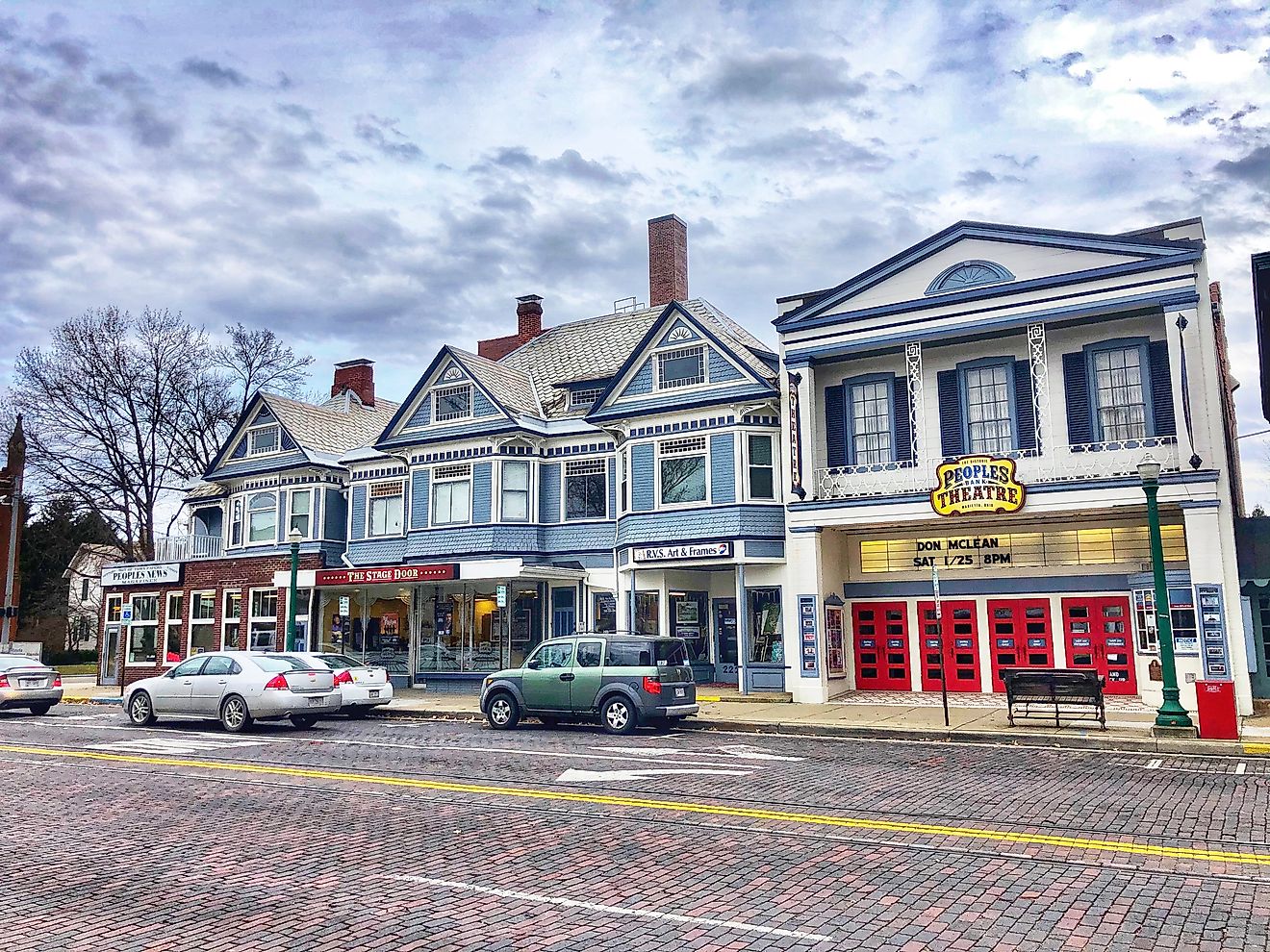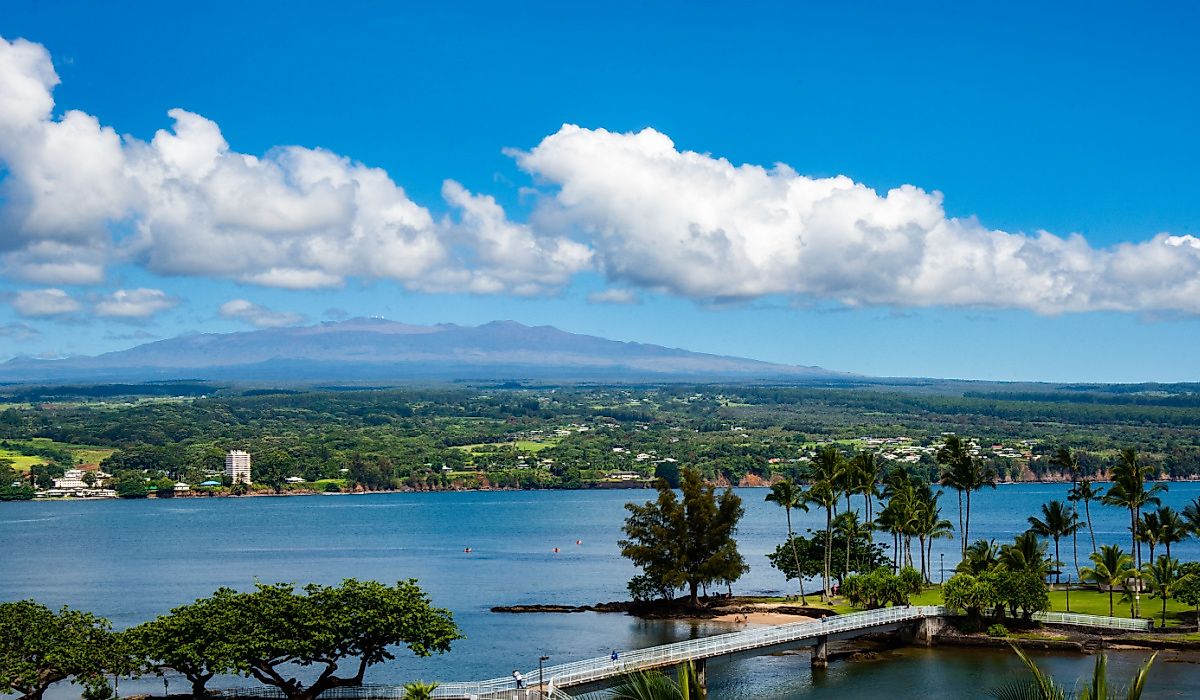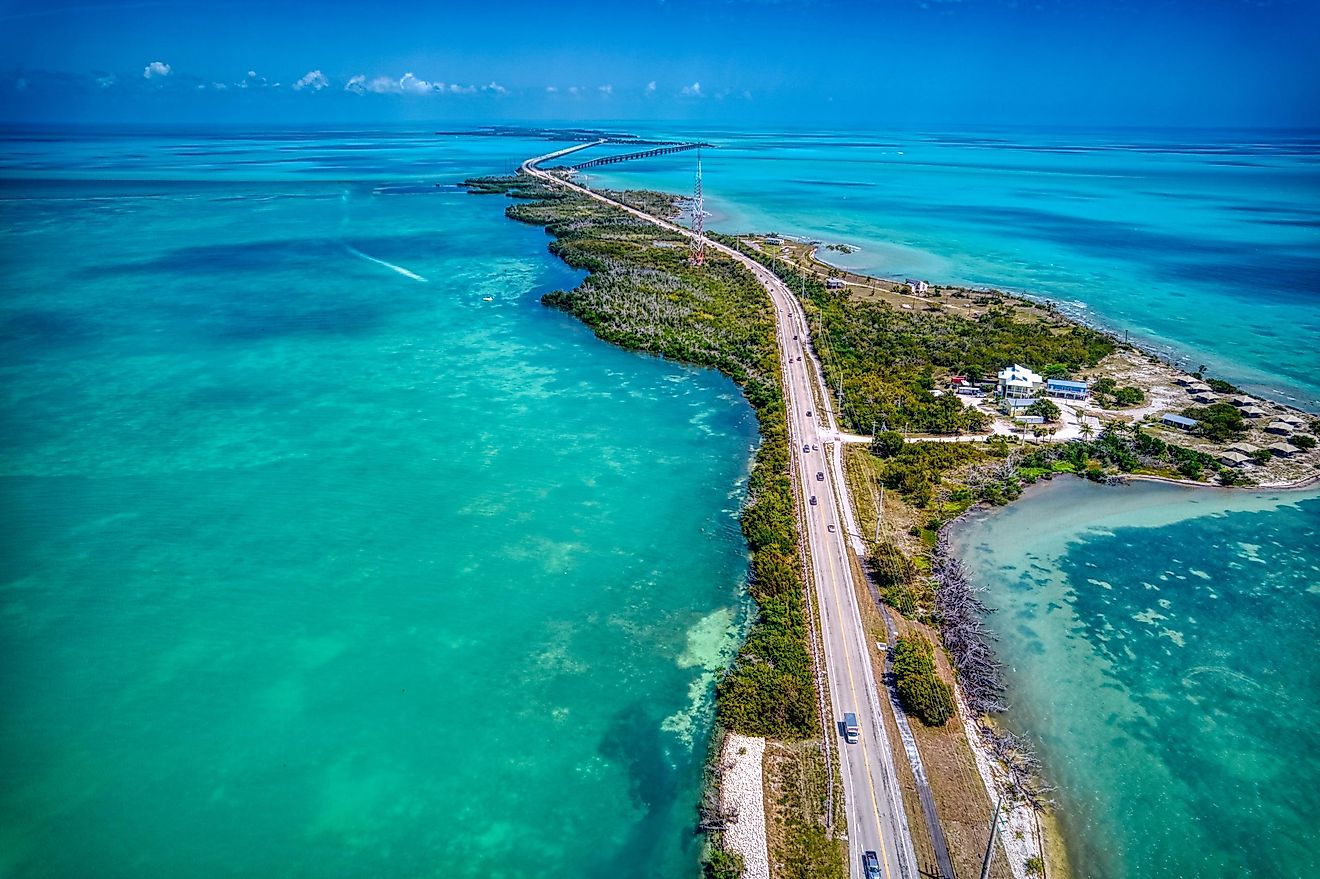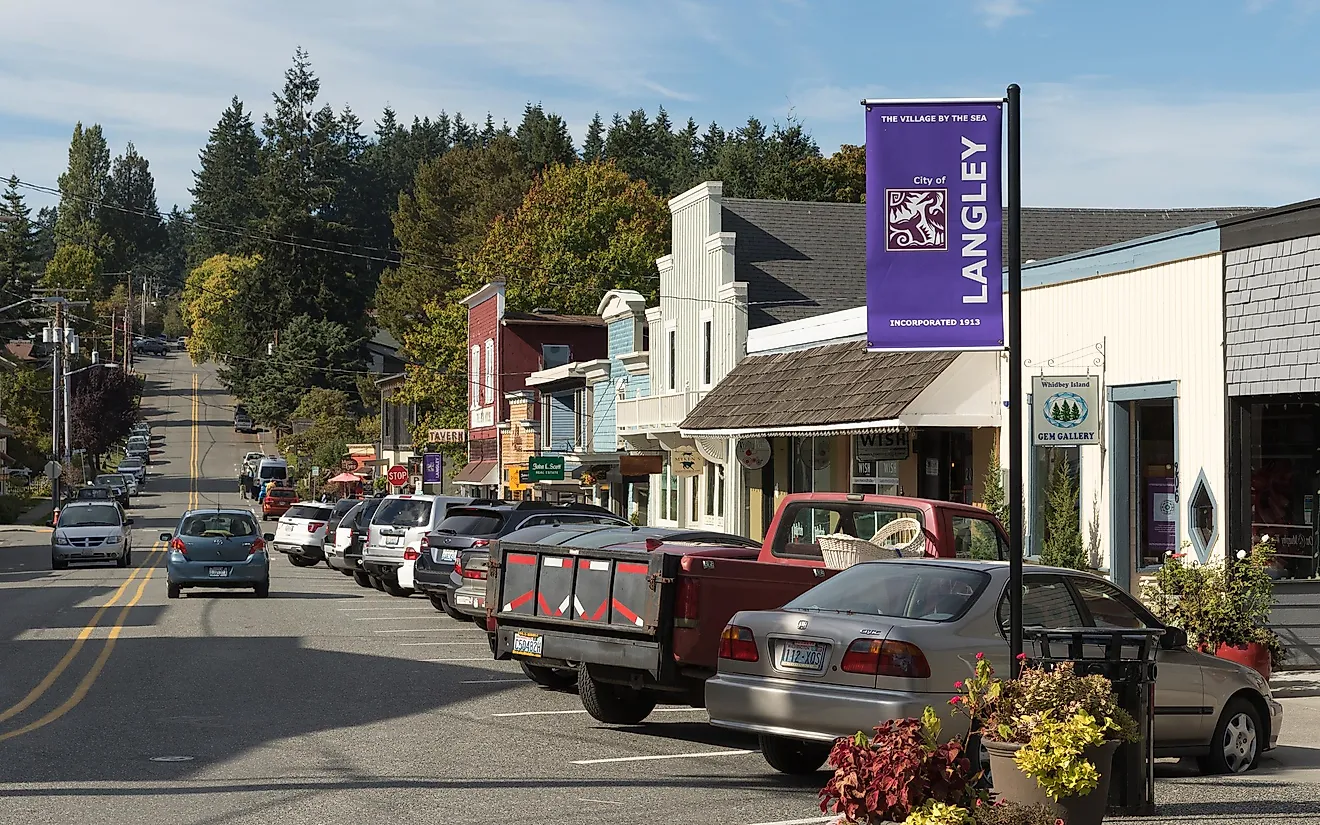Aapravasi Ghat Of Port Louis, Mauritius
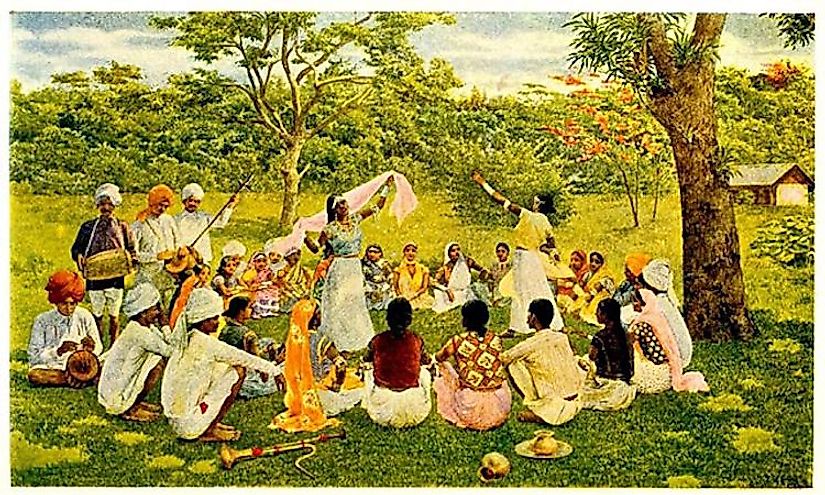
The immigration depot was used as a checkpoint for indentured servants headed to work on British colonial sugarcane plantations. The historical site of Aapravasi Ghat is a UNESCO World Heritage Site in the capital of Mauritius, Port Louis. Nearly half a million laborers transited through the depot, en-route to various British colonies across the world.
5. History of Indian Indentured Labor in the British Empire -
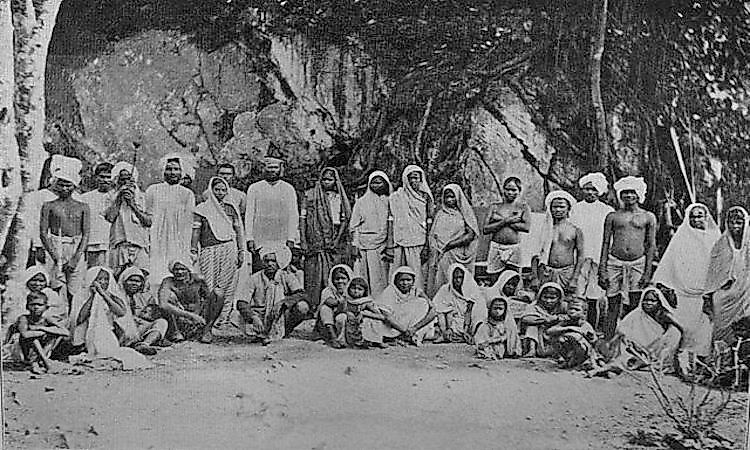
The indenture system was introduced by the British in India after the abolition of slavery in 1833. The system engaged bonded slaves to work in vast plantations as well as in mining activities across the empire. The first successful voyage for indentured Indian laborers arrived in Mauritius in 1834. The laborers had been bound by five-year contracts, and their rations and necessities would be provided for by their employer. The indentured Indians were fleeing famine and poverty in their homeland. The laborers were dispatched to various parts of the vast British Empire, from Mauritius, the Caribbean, East Africa, Malaysia, Fiji, to Reunion. The Indians eventually settled down in the colonies, a situation which scattered the Indian population in various parts of the world. The laborers were often treated as inhumanely as the slaves had been treated, and they had high mortality rates as a result.
4. The Legacy of Aapravasi Ghat -
The Aapravasi Ghat depot was a checkpoint for about half a million laborers, between 1834 and 1920. The name translates to ‘the landing place of immigrants’ in the Hindi language. The island of Mauritius was identified by the British as a test site for the proposed indenture system of labor. The success of the depot in Mauritius provided the benchmark for other British colonies keen on indentured labor. The site attests to the magnitude of one of the global economic systems in history to have caused high levels of migration. The site represents the evolution of the modern system of contractual labor. Aapravasi Ghat is also a cultural center, as it represents the immigrants’ culture as they preserved it from their country of origin. Populations of Indians all over the world trace their ancestry to Aapravasi Ghat, including over 60% of Mauritians.
3. Remaining Architecture -
Less than half of the original depot complex remains intact. The original framework of the laborers’ hospital, sheds, offices, service quarters, lavatories, and kitchens still stand to date. A series of 14 steps also remain and are highly symbolic as the immigrants had to pass through them after alighting from the ships. An arched stone gateway served as the entrance to the complex, and it is still intact in the modern day.
2. Natural Surroundings, Sights, and Sounds -
The site occupies an estimated area of 1640 m2 on the seafront in Port Louis. The site was constructed on Trou Fanfaron’s sheltered bay. The current site is comprised of the ruins of three stone buildings, built in the 1860s, on the location of an earlier depot center. Continued urban development along the coastline has pushed the depot further inland. Beyond the site lies the Caudan Waterfront marina.
1. Threats to the Site and Conservation Efforts -
The site is legally recognized as a National Heritage Property, and it is under the jurisdiction of the Ministry of Arts and Culture. The Aapravasi Ghat Trust is mandated with the day to day conservation activities on the site. Restoration work has subsequently been undertaken to restore the fragile buildings. The Buffer Zones are further regulated by the city’s Municipal Council. The major threat to the site is unregulated urban development in the buffer zones, especially tourism infrastructure.






